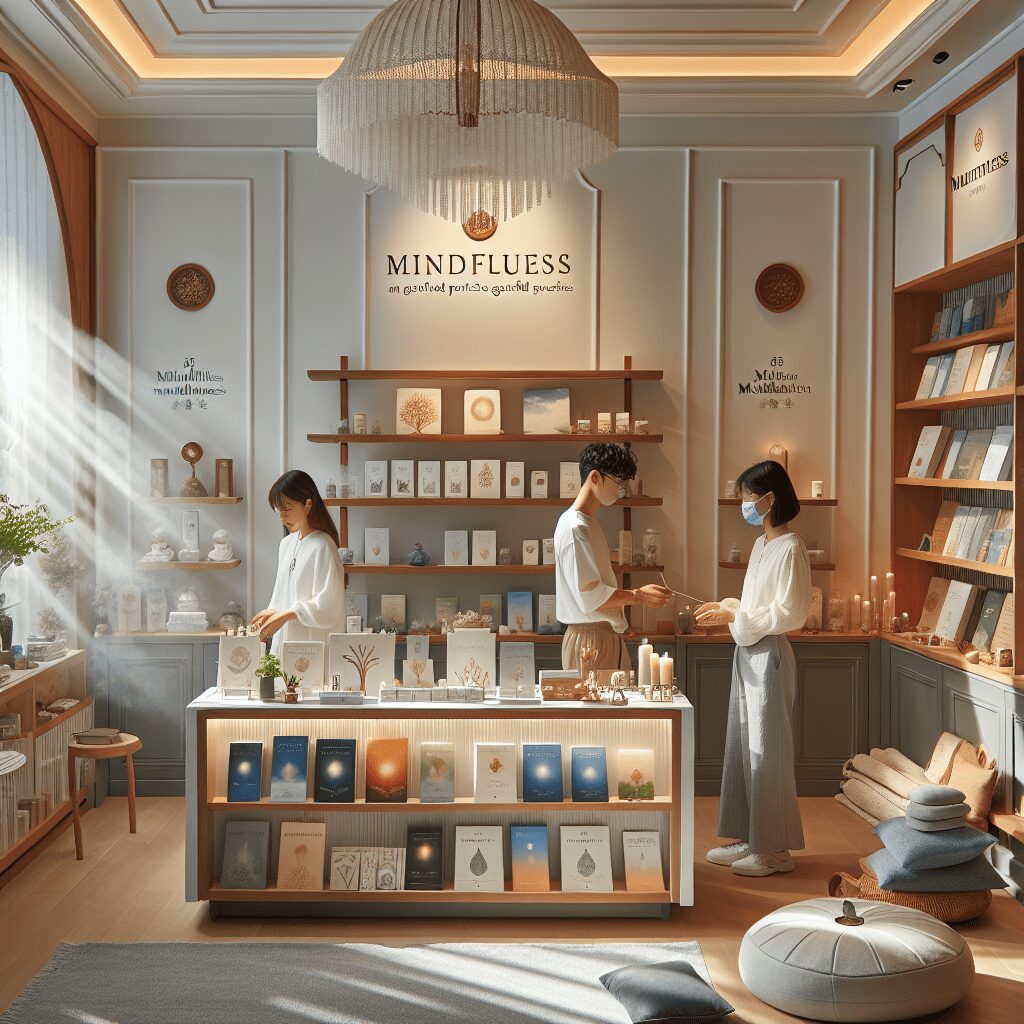
Prioritize your mental well-being daily. Enhance your life by nurturing your mental health with the Smart Meditation app. Break free from stress, alleviate anxiety, and enhance your sleep quality starting today.
How To People Paint Anxiety?
Unveiling the Colors of Anxiety: A Painter’s Perspective
In the tumultuous sea of emotions, anxiety stands out as a formidable wave, engulfing many in its path. Artists, with their sensitive souls and keen eyes, have long turned to their canvases as a means to capture and convey this elusive, often overwhelming sensation. But how exactly do painters translate the abstract, visceral experience of anxiety into visual art? The process is both intricate and deeply personal, yet certain themes and techniques recur, painting a picture (pun intended) of how anxiety is represented across the easel of human experience.
Brushstrokes of Emotion: Techniques That Speak Volumes
Painters wield their brushes like words, each stroke imbued with meaning and emotion. When it comes to depicting anxiety, several key techniques are frequently observed:
-
Color Palette: Often, artists opt for stark contrasts to highlight the internal struggle of anxiety. Dark, brooding colors against sharp, unsettling flashes of bright hues can illustrate the suddenness with which anxiety attacks can strike. Monochromatic schemes, especially in shades of gray or blue, are also popular, symbolizing the overwhelming sense of dread and numbness.
-
Distorted Forms and Figures: Reality feels different when viewed through the lens of an anxious mind. Painters capture this by altering the familiar. Proportions are skewed, faces might be blurred or exaggerated, and landscapes become surreal, emphasizing the feeling of disconnection and distortion anxiety often brings.
-
Dynamic Compositions: Anxiety is rarely static; it’s a storm of thoughts and emotions. Artists reflect this turmoil through chaotic compositions – lines that zigzag, collide, and spiral into the abyss. The lack of harmony in these elements can evoke a sense of unease and restlessness in the viewer, mirroring the internal chaos of anxiety.
-
Symbolic Imagery: Sometimes, the essence of anxiety is best communicated through symbols. Tangled vines, turbulent waters, or even the ominous crow – these symbols can serve as metaphors for the entrapment and dread that characterize anxiety.
Masterpieces of Melancholy: Art That Speaks to the Anxious Soul
Throughout history, several artworks have stood out for their poignant portrayal of anxiety. Edvard Munch’s “The Scream” is perhaps the quintessential example, capturing the existential angst and sheer panic of an anxiety attack. The swirling skies and the agonized figure clutching their face have become universally recognized symbols of inner turmoil.
Similarly, Vincent van Gogh’s “Starry Night” with its swirling, tumultuous sky over a silent village, embodies the artist’s emotional state and his battle with mental health issues. The vibrant colors and dynamic movements convey a sense of unrest, a stark contrast to the tranquil subject matter.
A Canvas for Coping: The Therapeutic Brush
For many artists, painting isn’t just about expressing anxiety; it’s also a vital coping mechanism. The act of putting brush to canvas allows for a tangible release of pent-up emotions. It’s a form of non-verbal communication, a quiet yet profound dialogue between the artist and their inner demons. This creative process can be incredibly therapeutic, helping artists (and viewers alike) to understand, confront, and soothe their anxieties.
The beauty of art lies in its ability to evoke empathy – to make us feel seen and understood. When painters depict anxiety, they not only unveil their vulnerabilities but also extend a hand to those grappling with similar battles, whispering, “You’re not alone.”
In the grand tapestry of human emotion, anxiety is but one thread, albeit a complex and challenging one. Through the lens of art, we gain a deeper appreciation for the intricacies of the human mind and the profound ways in which we strive to communicate and connect with one another, even in our most turbulent moments.





